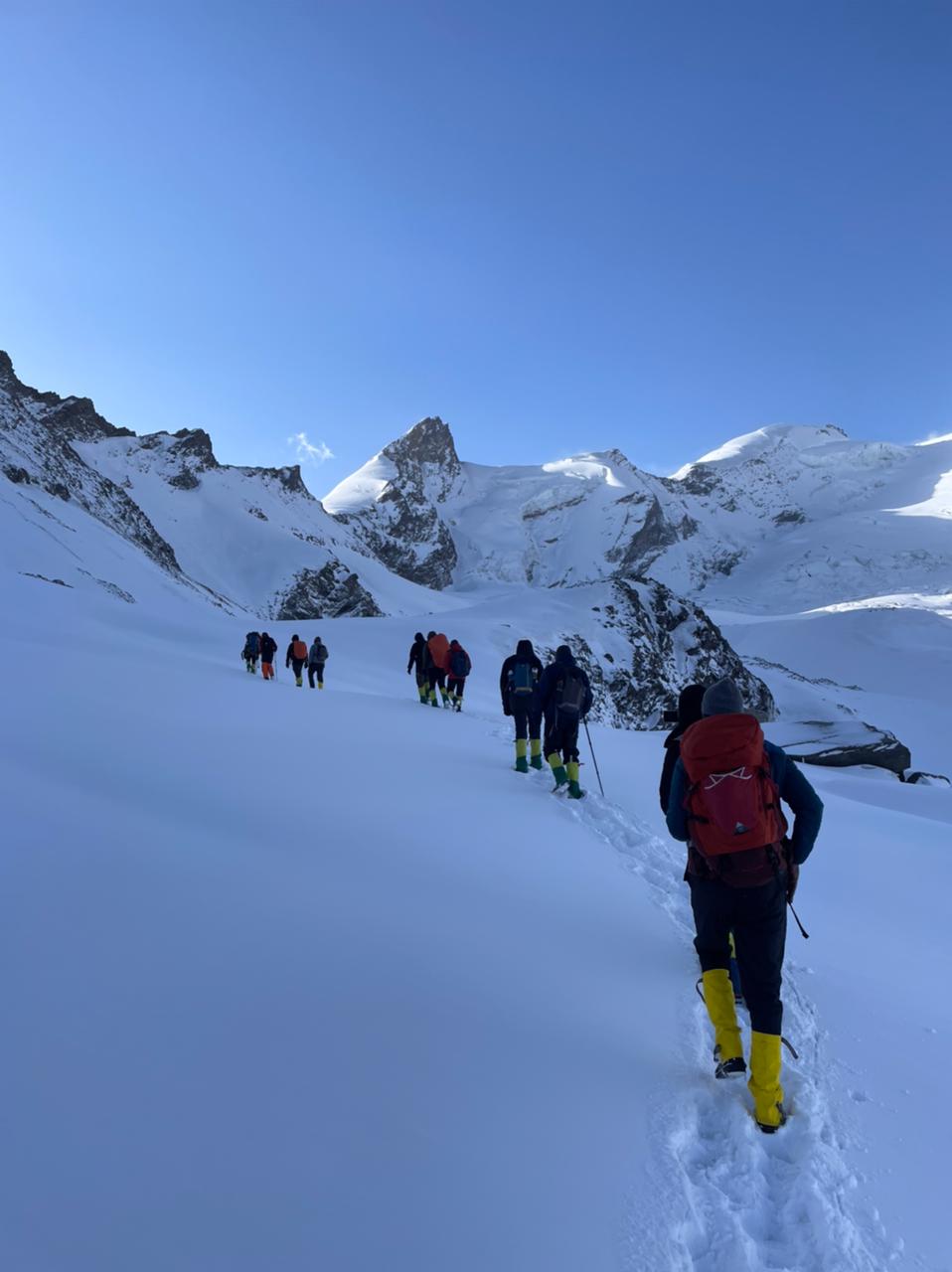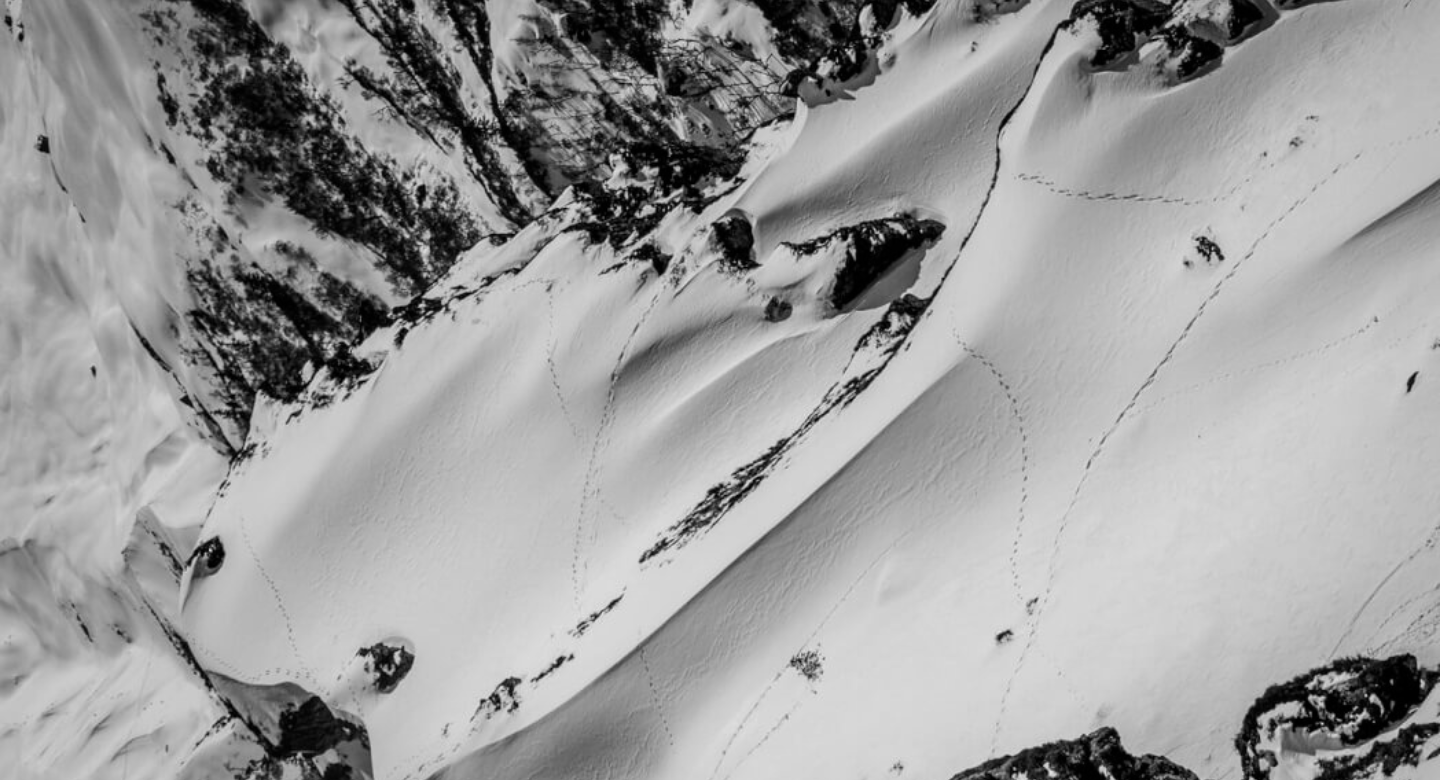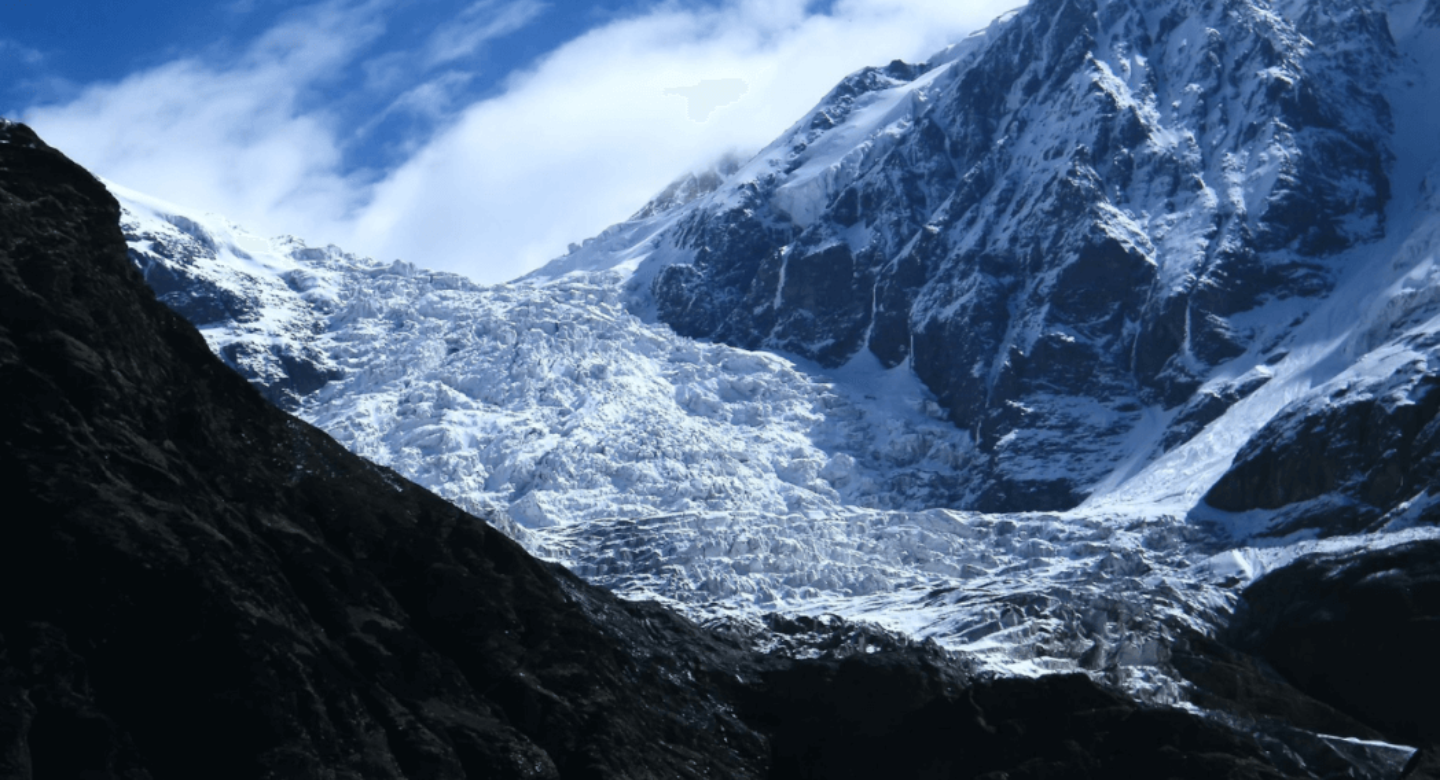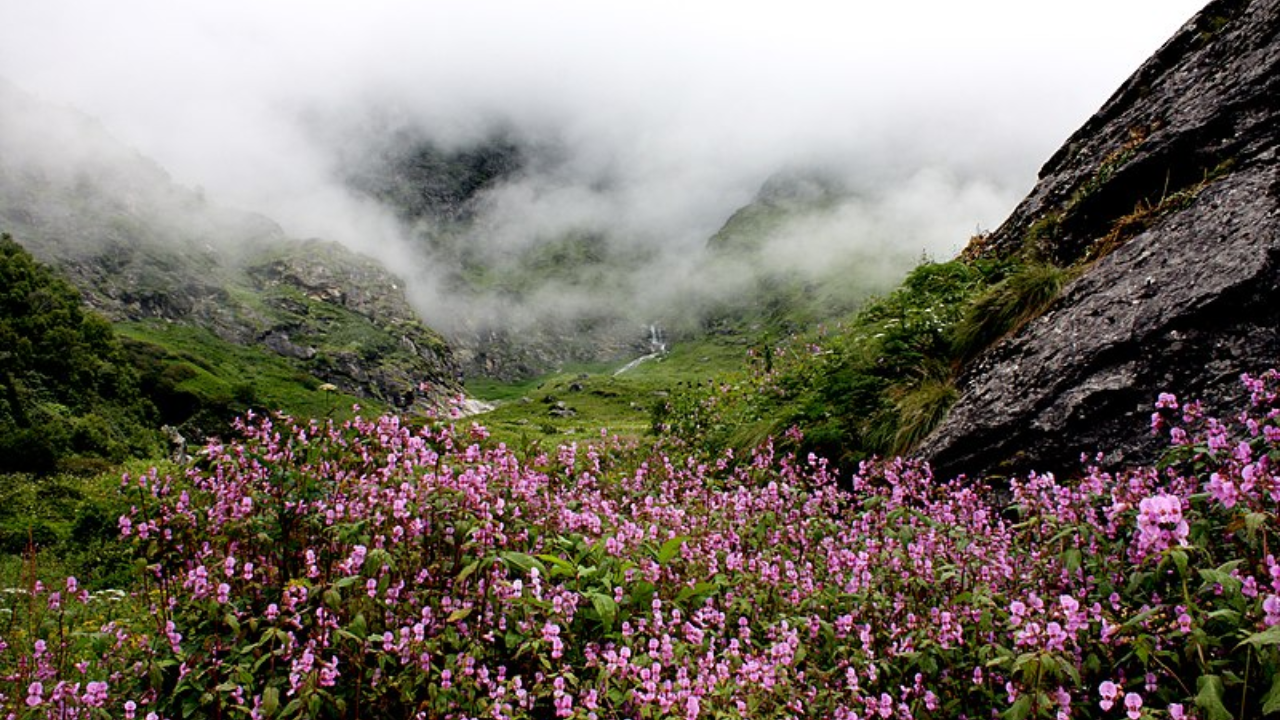
Satopanth Lake Trek
6 Days
40 Km
14,440 Ft
18+
Difficult
The Satopanth Lake Trek is a mesmerizing high-altitude trek leading to the sacred Satopanth Tal, a glacial lake located at 14,600 ft in the Garhwal Himalayas of Uttarakhand. Starting from Badrinath, this offbeat trek takes you through rugged trails, glacial moraines, and pristine alpine meadows, offering stunning views of Neelkanth, Chaukhamba, and Balakun peaks. The lake holds immense spiritual significance, believed to be the meditation site of the Trimurti (Brahma, Vishnu, and Shiva). Ideal for both adventure seekers and spiritual travelers, this trek combines mythology, breathtaking landscapes, and an untouched Himalayan experience.
Why This Trek?
- Sacred Glacial Lake – Visit the mystical Satopanth Lake, considered a place of divine presence.
- Breathtaking Himalayan Views – Witness spectacular peaks like Neelkanth (21,640 ft), Chaukhamba (23,419 ft), and Balakun (20,131 ft).
- Offbeat and Less Crowded – A secluded trek, perfect for those seeking solitude and spiritual connection.
- Diverse Terrain – Experience glacial moraines, high-altitude meadows, and pristine landscapes along the trail.
- Rich Mythological Significance – A legendary trek linked to Hindu mythology, attracting both pilgrims and trekkers.
Included/Excluded
Select Dates
Guest in maximum
BOOK NOWItinerary for
Satopanth Lake Trek
Day 1

Day 2

Day 3
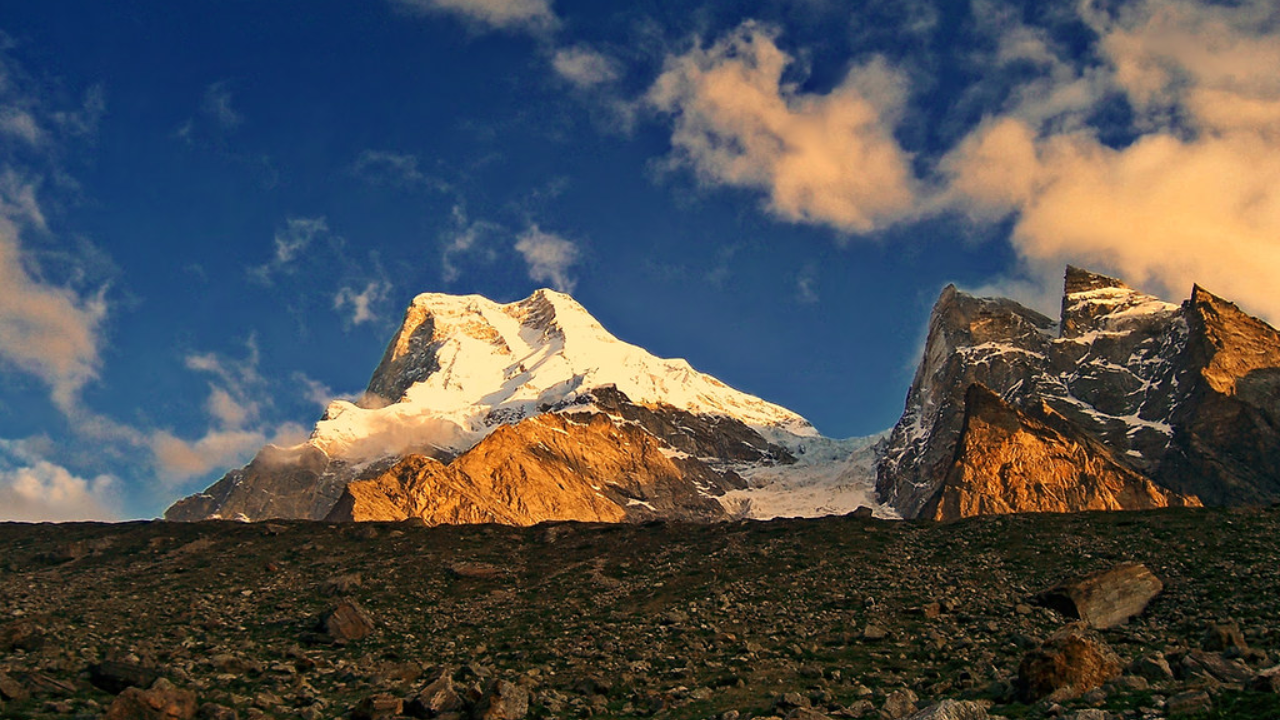
Day 4
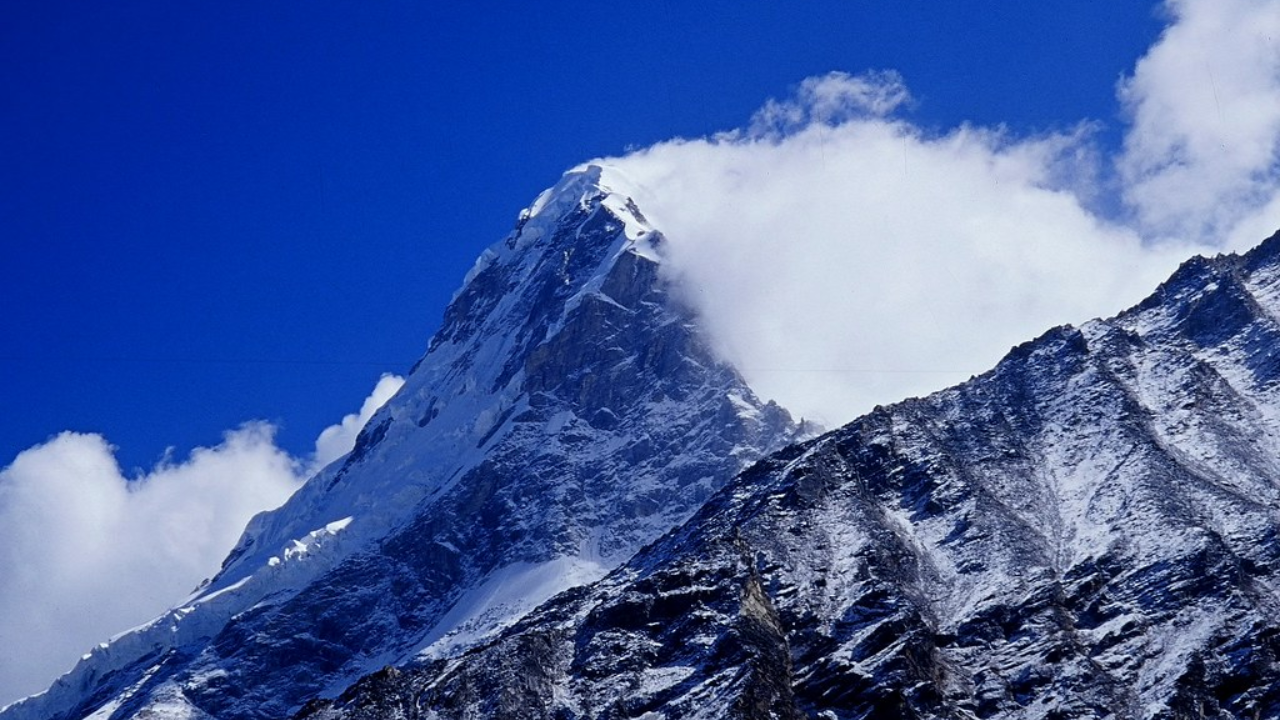
Day 5

Day 6
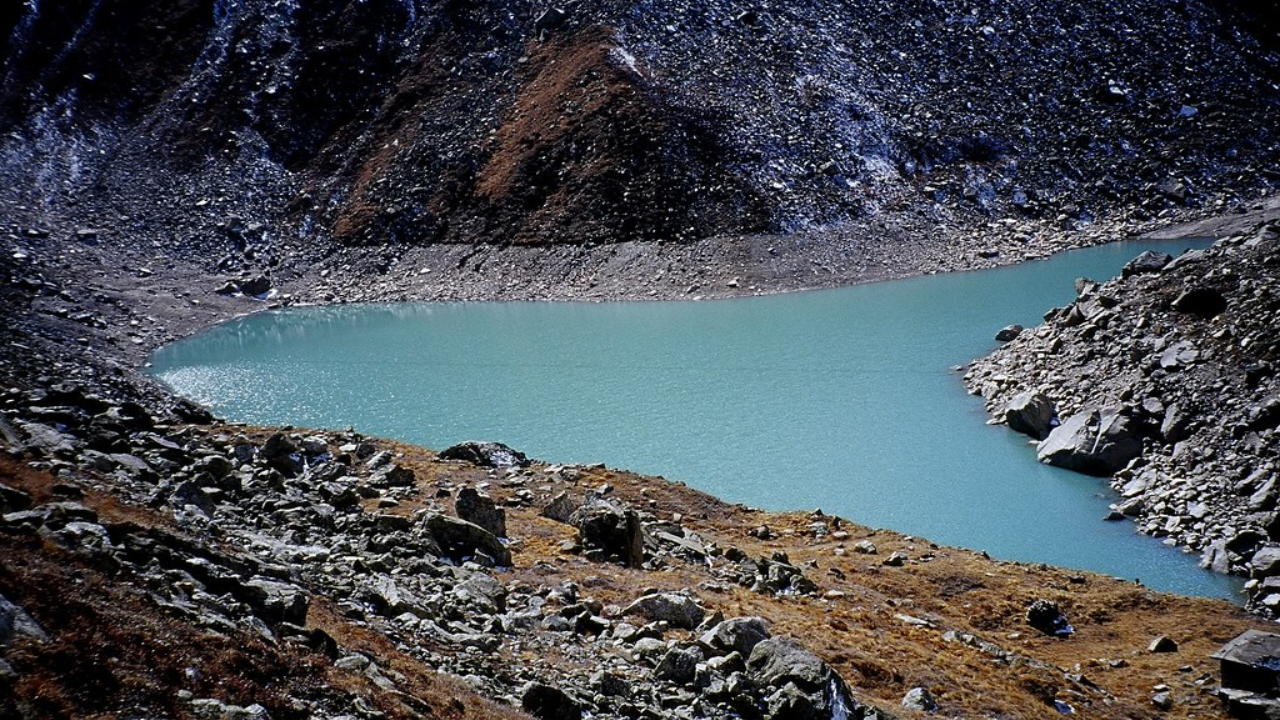
Complete Satopanth Lake Trek Information
The best time for the Satopanth Lake Trek is during May to June and September to October. Summer (May-June) offers pleasant weather and clear skies, making it ideal for trekking. Autumn (September-October) provides crisp air and stunning views of the Himalayan peaks. The trek is inaccessible in winter (November-April) due to heavy snowfall, and monsoon (July-August) is not recommended due to rainfall and landslide risks.
By Flight
The nearest airport to Rishikesh is Jolly Grant Airport in Dehradun, located about 20 kilometers away. This airport is well-connected to major cities like Delhi, Mumbai, and Bangalore through regular flights. Upon arrival at the airport, you can take a taxi, which takes approximately 45 minutes to reach Rishikesh. Alternatively, local buses might be available but are less frequent.
By Train
Rishikesh has its own railway station, Rishikesh Railway Station, which is conveniently located in the city. While this station handles limited trains, the nearby Haridwar Junction, just 25 kilometers away, offers excellent connectivity to major cities like Delhi, Kolkata, and Mumbai. From Haridwar, you can hire a taxi or take a local bus to Rishikesh, which takes around 30–45 minutes. Trains like the Yoga Express and Dehradun Express are popular choices for travelers.
By Bus
Rishikesh is well-connected by road, and buses are a convenient option. From Delhi, which is about 240 kilometers away, both private and state-run Volvo buses operate from Kashmiri Gate ISBT. The journey takes approximately 6–7 hours, depending on traffic conditions. Additionally, regular buses from nearby cities like Dehradun and Haridwar make reaching Rishikesh easy and affordable.
Pack smart, trek safe!
Ensure you're prepared for every adventure with this essential checklist of gear and supplies. Whether you're a beginner or a seasoned trekker, the right equipment makes all the difference. Download checklist's pdf here
Basic Gear
| Backpack with Rain Cover | (40 - 50 ltr) Comfortable Shoulder Straps |
| Day pack with Rain Cover | 20 - 30 ltr (If off-load opted) |
| Walking stick | Advisable (At least one) |
| Water Bottle / Hydration pack | 2 Bottles(1 liter each), Hydration Pack 1 (Pack) + Bottle |
| Small size tiffin/lunch box | 1 Nos |
| Snacks | Energy bars, dry fruits, electral/ors |
| Personal Medical Kit | Consult your doctor |
Clothing
| T-Shirt (Synthetic quick dry) | 1 Full & 1 Half sleeves |
| Fleece T-shirt | 1 Nos |
| Wind stopper / Fleece jacket | 1 Nos |
| Windproof Jacket | 1 Nos |
| Down feather / Hollow jacket | 1 Nos |
| Thermal inner (Upper and Lower) | 1 Nos |
| Trek Pant (Synthetic quick dry) | 1 Nos |
| Wind stopper / Fleece Pant | Not required |
| Waterproof gloves | Not required |
| Fleece / woollen gloves | 1 Pair |
| Poncho / waterproof Jacket and pant | 1 Nos |
Head Gears
| Head torch | 1 Nos. (Avoid Hand torch) |
| Sun cap | 1 Nos. (One that covers the neck as well) |
| Woolen cap | 1 Nos. |
| Balaclava | Not required |
| Buff / Neck-gaiters | 1 Nos |
| Sunglasses | UV with dark side cover, People who wear spectacles - (A)- Use contact lenses | (B)- Photo chromatic glasses |
Foot Gears
| Trekking shoes | 1 Pair (Waterproof, high ankle with good grip) |
| Floaters / flip-flops | 1 Pair |
| Cotton socks | 6 pairs |
| Woollen socks | 1 pairs |
| Gaiters | 1 Pair (TTH provides when required) |
| Micro spikes | 1 Pair (TTH provides when required) |
Personal Utilities
| Sunscreen cream | 1 Nos |
| Moisturiser | 1 Nos |
| Chap-stick / Lip balm | 1 Nos |
| Toothbrush and toothpaste | 1 Nos |
| Toilet paper & Wipes | 1 Nos |
| Soap / hand sanitizers | 1 Nos |
| Antibacterial powder | 1 Nos |
| Quick dry towel | 1 Nos |
At Scoutripper, we understand that plans can change. You can reschedule your booking up to 24 hours before your experience begins. Changes are subject to availability and any applicable price adjustments. Rest easy knowing your adventure is flexible!
At Scoutripper, we value flexibility but also adhere to clear cancellation guidelines:
- Full Refund: Cancel at least 6 full days before the experience starts.
- 50% Refund: Cancel between 2 and 6 full days before the start time.
- No Refund: Cancellations made less than 2 full days before the experience start time will not be refunded.
Additionally:
- Changes are not accepted less than 2 full days before the experience begins.
- Cut-off times are based on the local time of the experience.
- Some experiences require a minimum number of participants. If the minimum isn’t met, you’ll receive a full refund or the option to reschedule.
Enjoy peace of mind with our clear and transparent policies!
ATM Availability:
Last ATM: Joshimath (cash depletes quickly).
Best Option for Cash Withdrawals: Rishikesh (more reliable ATMs).
Carry at least Rs 4,000 - 5,000 for transport, gear rentals, and personal expenses.
If you plan to explore Joshimath after the trek, carry extra cash.
Mobile Network & Internet:
Network Available Till Joshimath – Airtel, Jio, and BSNL work well.
Beyond Joshimath:
Good connectivity till the first camp (Guling).
Patchy network after the first camp.
Possible signal availability on the summit day and at the top.
FAQs about
Satopanth Lake Trek
Satopanth Lake is a high-altitude glacial lake located in the Chamoli district of Uttarakhand, India, at an altitude of 4,600 meters (15,100 feet). It lies near the Badrinath temple, surrounded by the majestic Neelkanth, Chaukhamba, and Balakun peaks.
The trek is classified as moderate to challenging. It involves steep ascents, rocky paths, glacier crossings, and unpredictable weather conditions. Trekkers need good physical fitness and prior high-altitude trekking experience to complete it safely.
The best time to trek is May to June and September to October. During these months, the weather is relatively stable, and the trails are free from excessive snow. Monsoon (July-August) is not recommended due to landslides, and winters (November-April) are extremely cold with heavy snowfall.
The trek covers a distance of 50 km (round trip) and usually takes 5-6 days to complete. The trek starts from Mana Village, the last village before the Indo-Tibetan border, and follows the Alaknanda River through Vasudhara Falls, Laxmi Van, and Chakratirtha before reaching the lake.
Yes, Satopanth Lake is a sacred pilgrimage site in Hindu mythology. It is believed that Brahma, Vishnu, and Mahesh (the Hindu trinity) meditated at the lake, giving it spiritual significance. Many pilgrims visit the lake seeking blessings and purification.
The trek offers stunning landscapes, ancient glaciers, and spiritual energy. Key highlights include Mana Village, the mystical Vasudhara Falls, the Alkapuri Glacier (believed to be the origin of the Alaknanda River), and the serene, emerald-green Satopanth Lake, surrounded by towering peaks.
Yes, a permit from the forest department and local authorities in Joshimath or Badrinath is required. Since the trek is in an eco-sensitive region near the Indo-Tibetan border, it is advisable to check for updated regulations before traveling.
There are no permanent accommodations on the trail. Trekkers need to camp at different locations like Laxmi Van and Chakratirtha. Food options are limited, so carrying dry rations and cooking essentials is recommended.
Trekkers should pack layered clothing, high-quality trekking shoes, a waterproof jacket, gloves, a sleeping bag, a trekking pole, sunglasses, sunscreen, and a first-aid kit. Due to high altitudes, carrying altitude sickness medication and a water purifier is recommended.
Absolutely! The trek offers a rare mix of adventure, spirituality, and breathtaking Himalayan landscapes. With sacred significance, untouched beauty, and the thrill of high-altitude trekking, it is an unforgettable experience for both trekkers and pilgrims.


